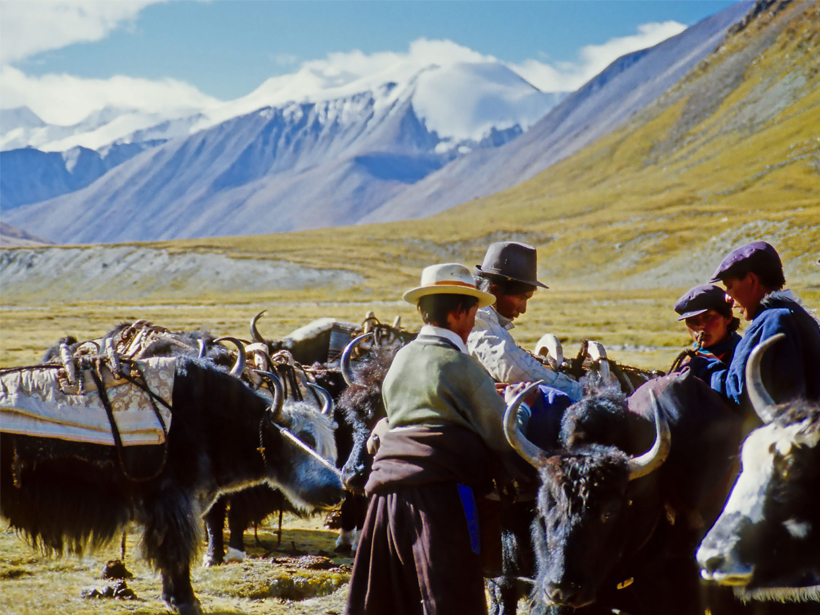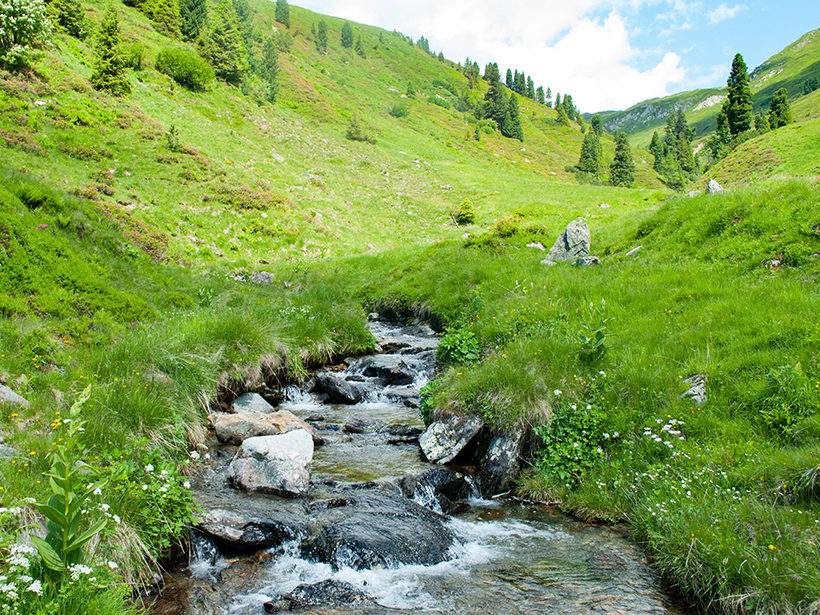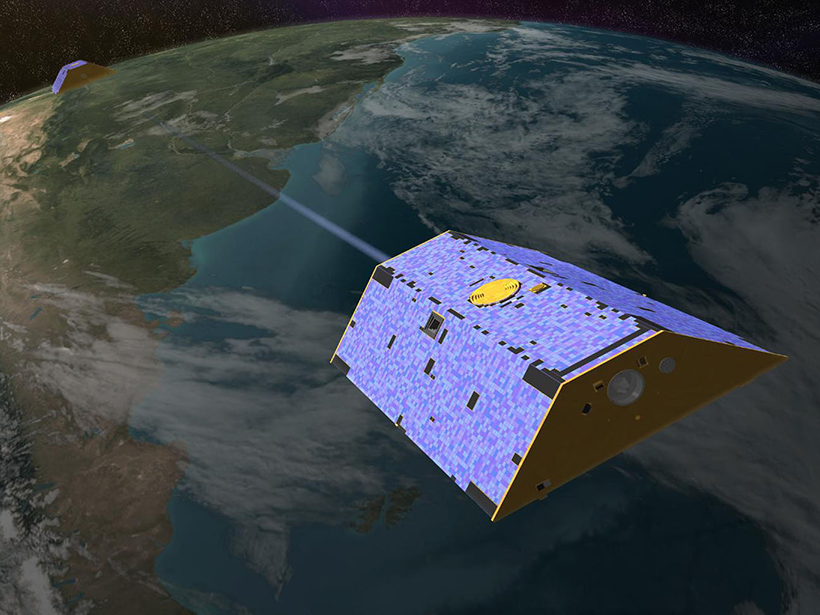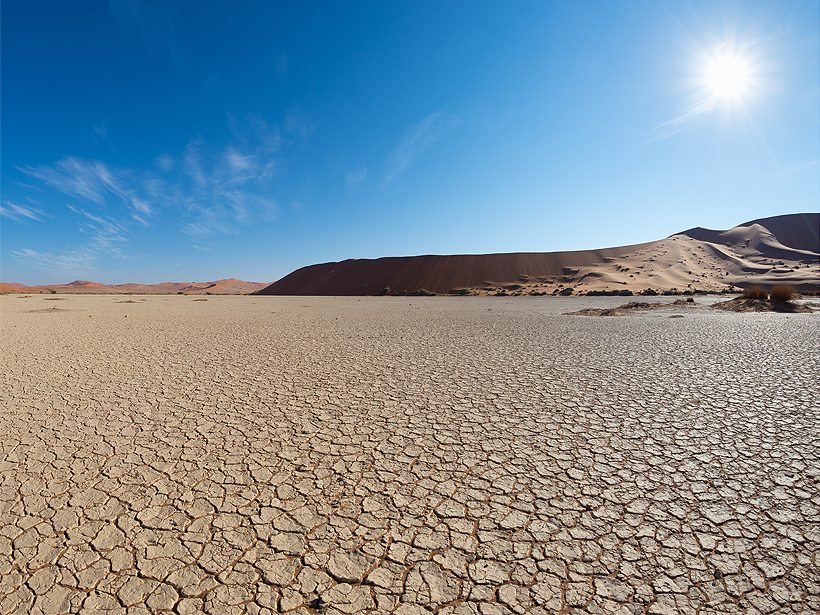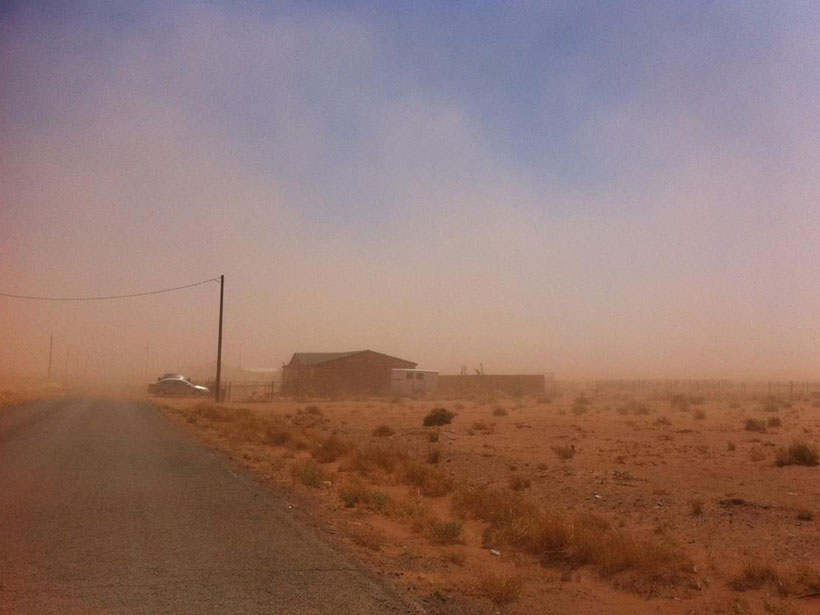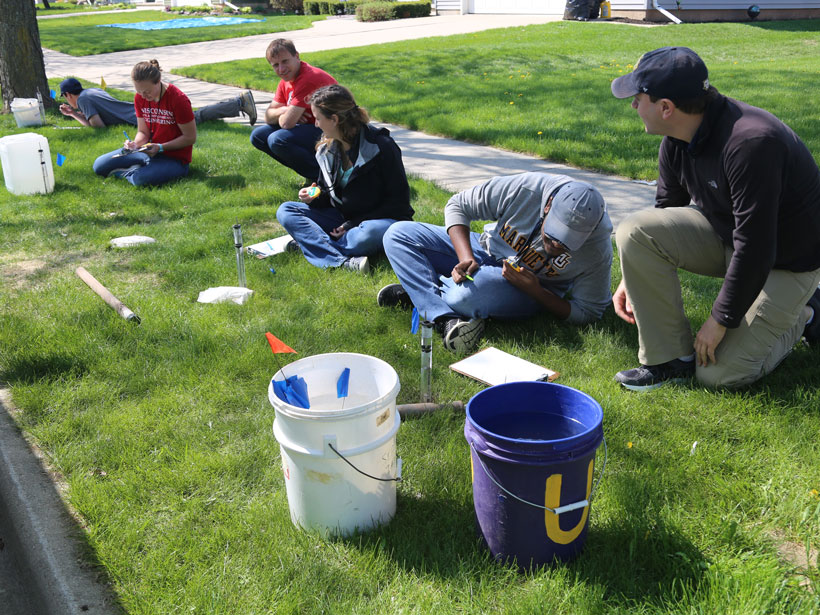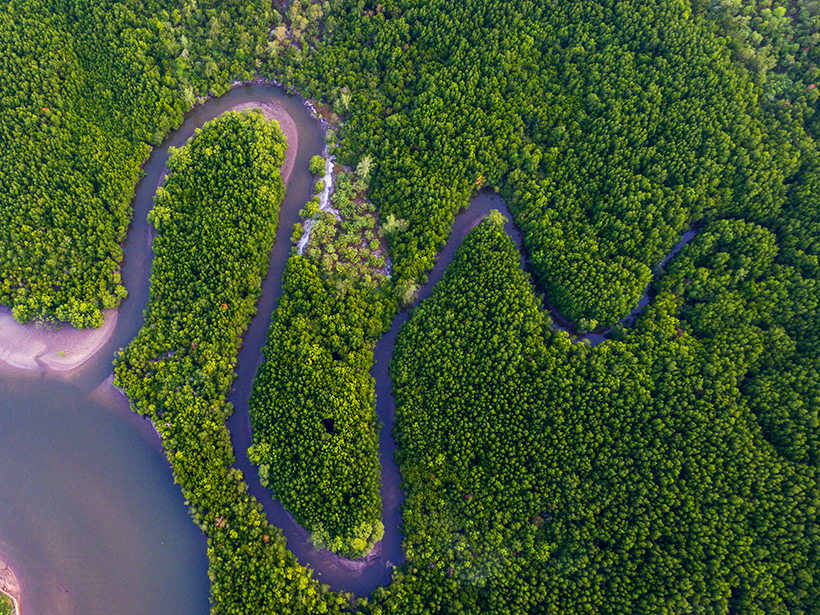An unprecedented global assessment examines climate, economic, and governance threats to mountain systems and the benefits they provide, suggesting pathways toward sustainability.
water supply
Green and Grand: John Wesley Powell and the West That Wasn’t
One hundred fifty years ago, the explorer and scientist argued that the West needed smart development. Now the fast-growing region is playing catch-up.
Modeling River Boulders to Improve Hydropower Sustainability
Large stones in streams provide crucial habitat for fish. Modeling the boulders and streamflow offers fresh insights into how water engineering projects alter aquatic habitats.
Improving Water Resources Management with Satellite Data
An extensive review reveals that remote sensing is changing the way we manage water resources and suggests that the coming years will bring both exciting advancements and new challenges.
What Climate Models Get Wrong About Future Water Availability
Models that accurately represent past and present rainfall provide more accurate projections of water availability, a new study suggests.
Better Approaches to Managing Drought in the American Southwest
USGS Southwest Region 2018 Science Exchange Workshop: Drought Science; Fort Collins, Colorado, 25–27 September 2018
Luna B. Leopold: Geoscience Pioneer
He conducted river morphology research based on systematic and reproducible measurements, pushing fluvial hydrology to become a more quantitative science.
Strategies to Improve Urban Hydrology
Cities can reduce surface runoff and increase groundwater recharge by encouraging their residents to implement simple, hydrologic modifications on individual buildings and single-family parcels.
What Do People Drink When They Think Their Tap Water Isn’t Safe?
An analysis of nationwide housing data shows that minority households disproportionately bear the multibillion-dollar economic burden that comes from believing their water is unsafe.
Everything Is Connected
The field of hydrology embraces the balance of worldwide systems and local behavior.

